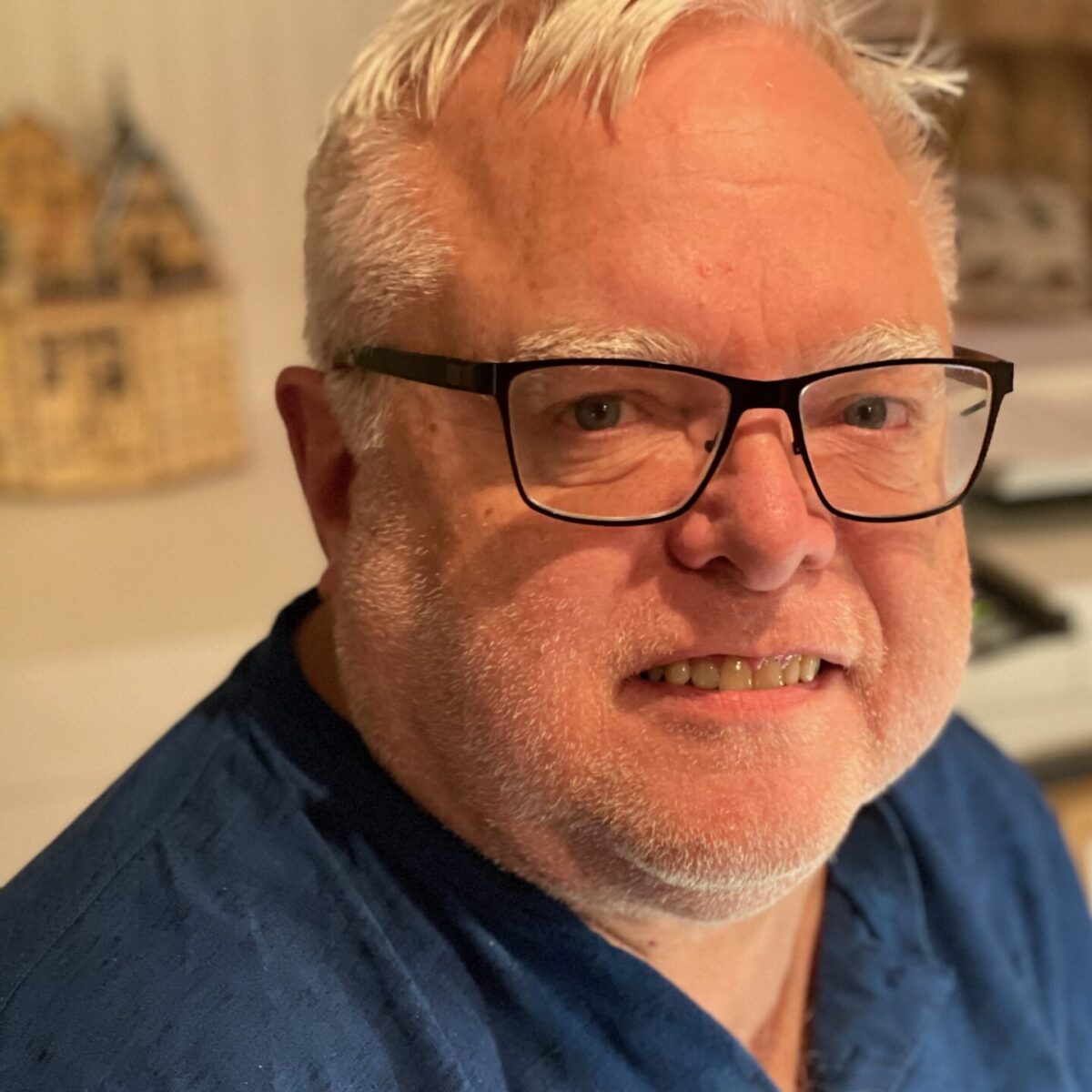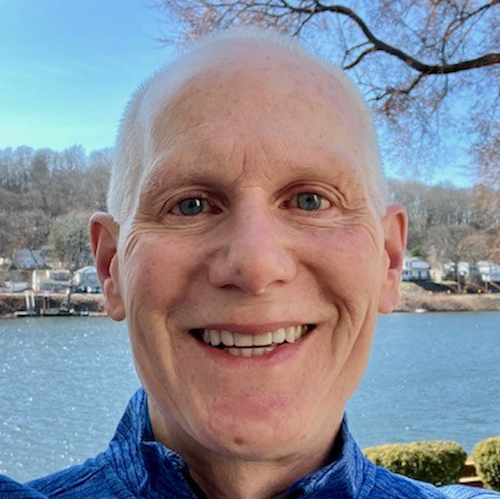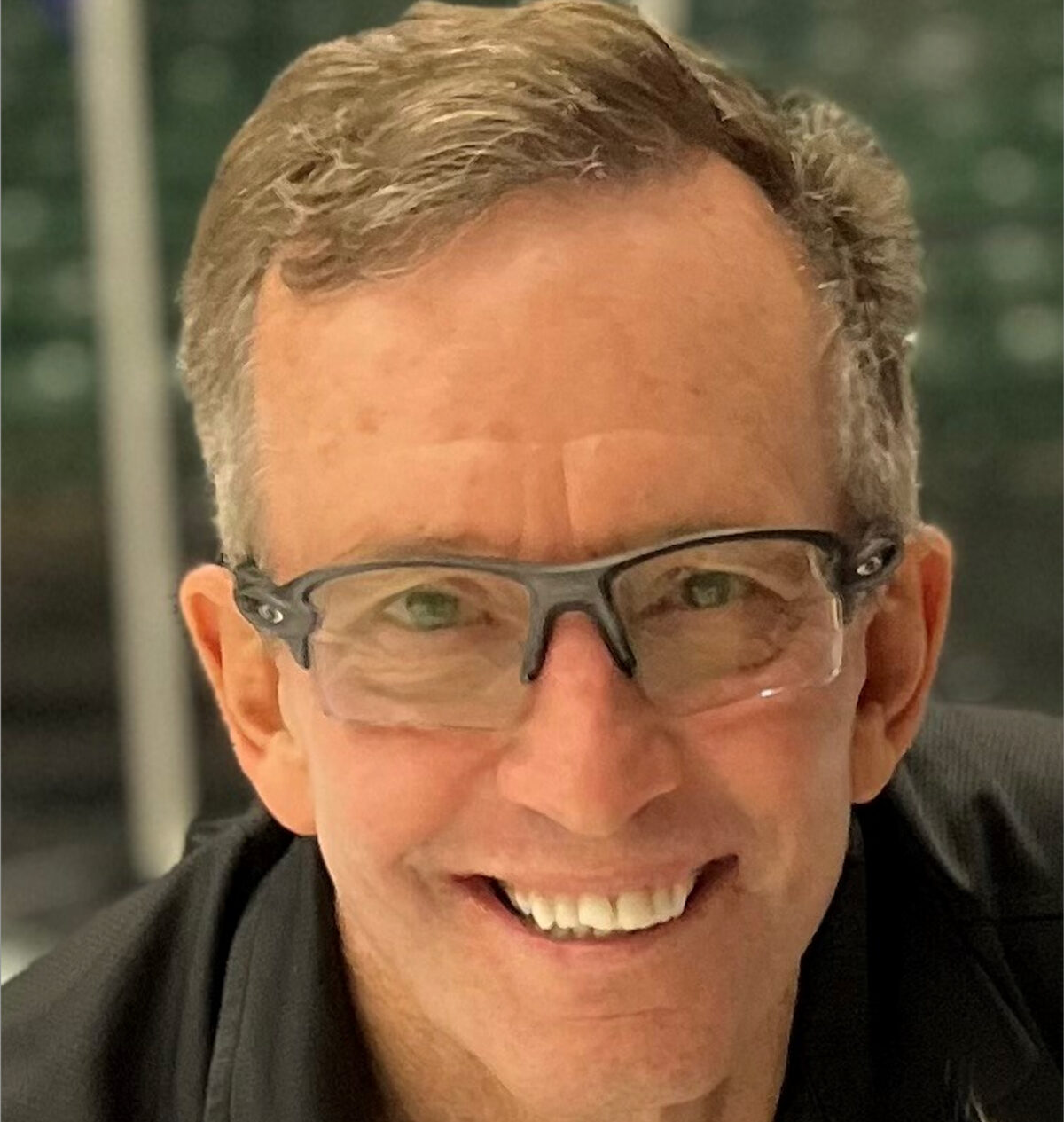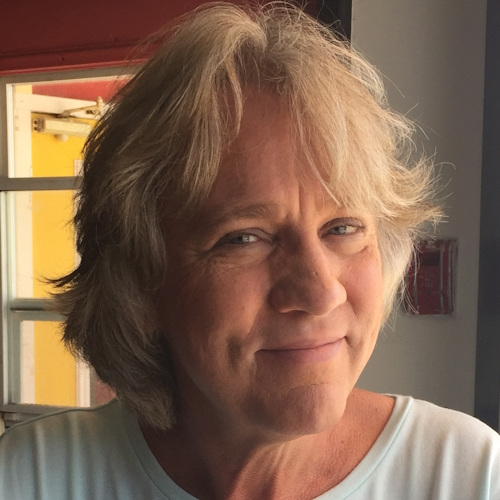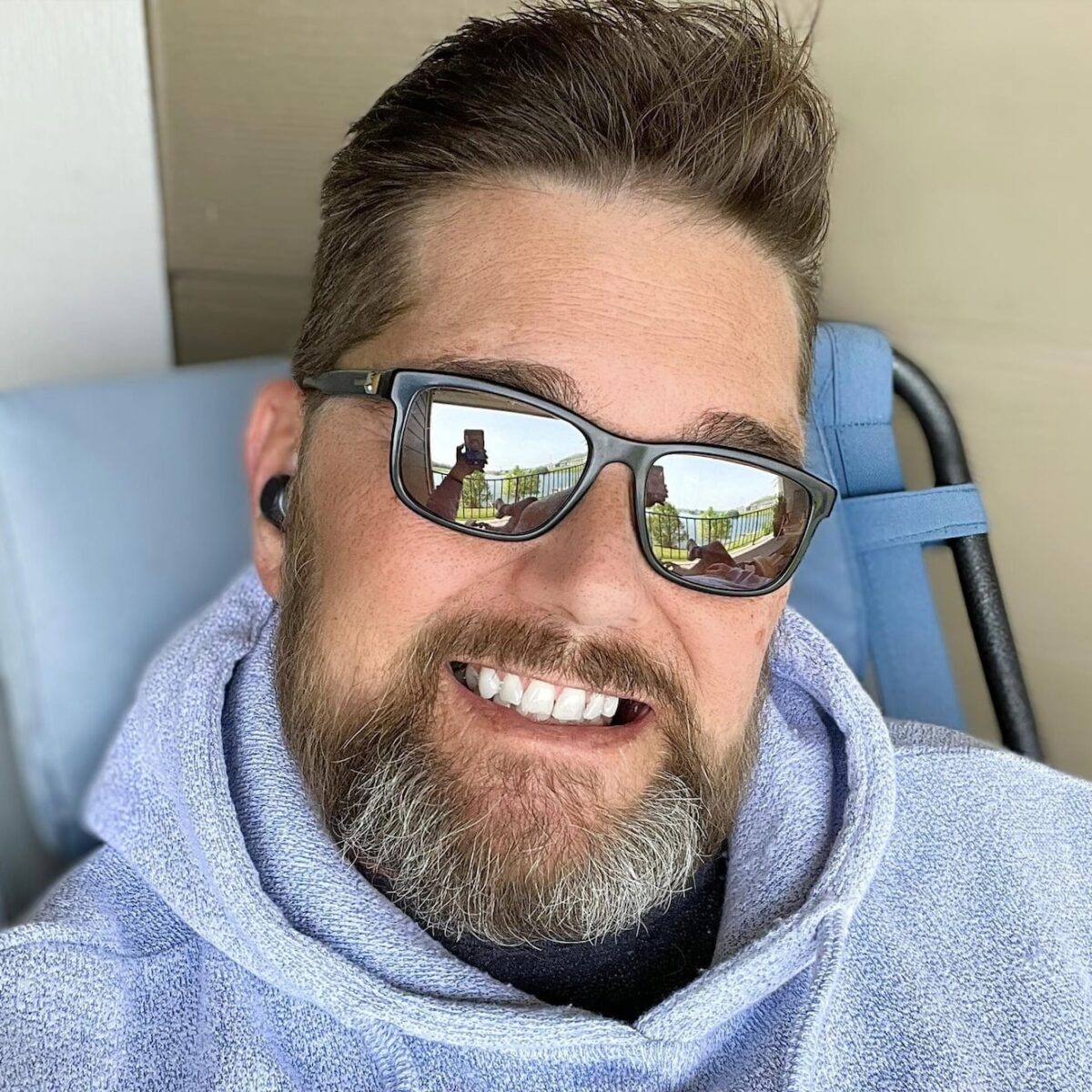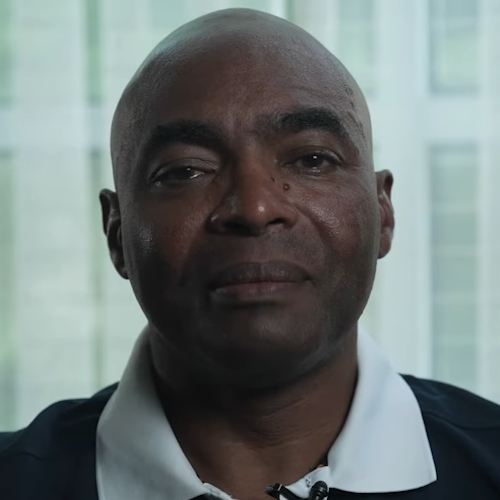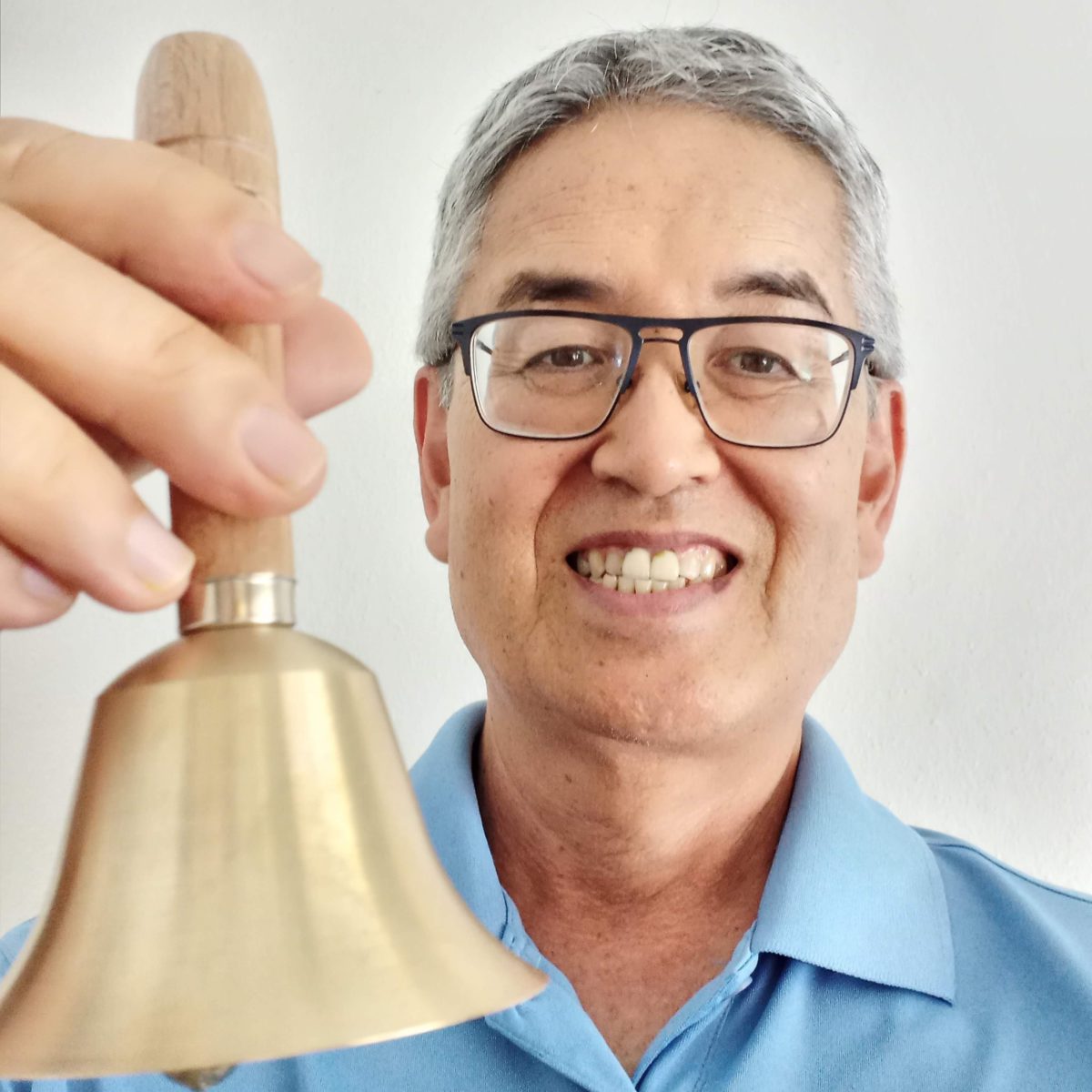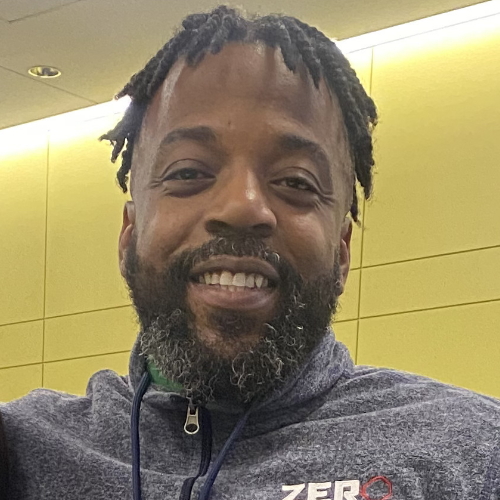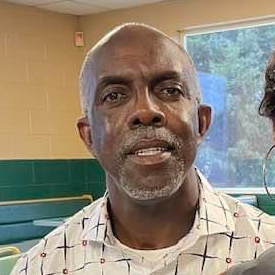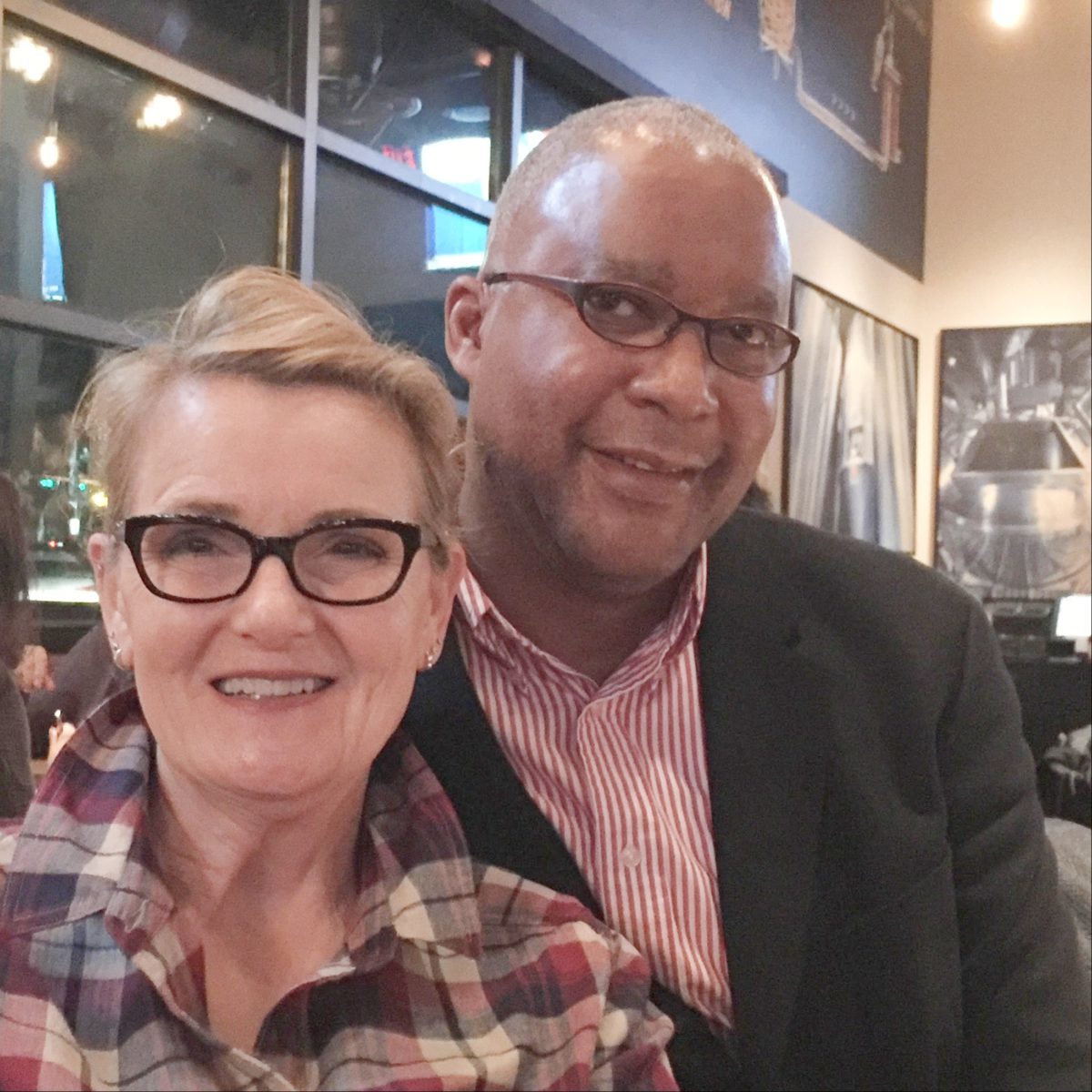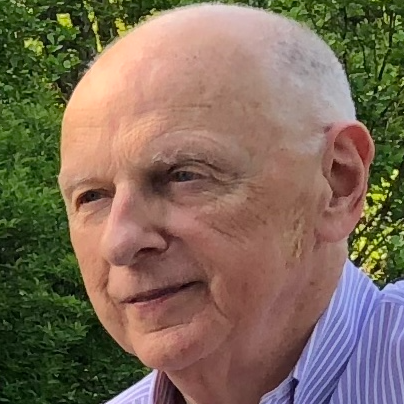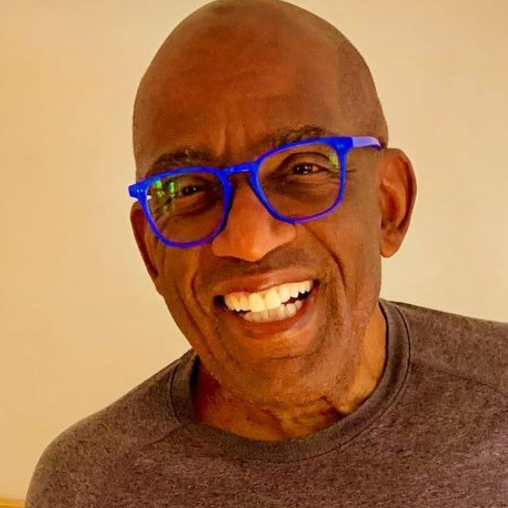Steve’s Gleason Score 6, Stage 2 to 4 Metastatic Prostate Cancer Story
Steve shares his stage 2 to stage 4 prostate cancer story, Gleason score 6, and undergoing extensive treatment that included several radiation therapies, active surveillance, prostatectomy, and a newer treatment called Lutetium-177.
As someone who now advocates for other patients, Steve also highlights how he navigated life after his prostate cancer diagnosis, spotlighting the importance of being a self-advocate as a patient, how he uses holistic approaches in support, and the importance of men talking about their pain and problems on the path to healing.
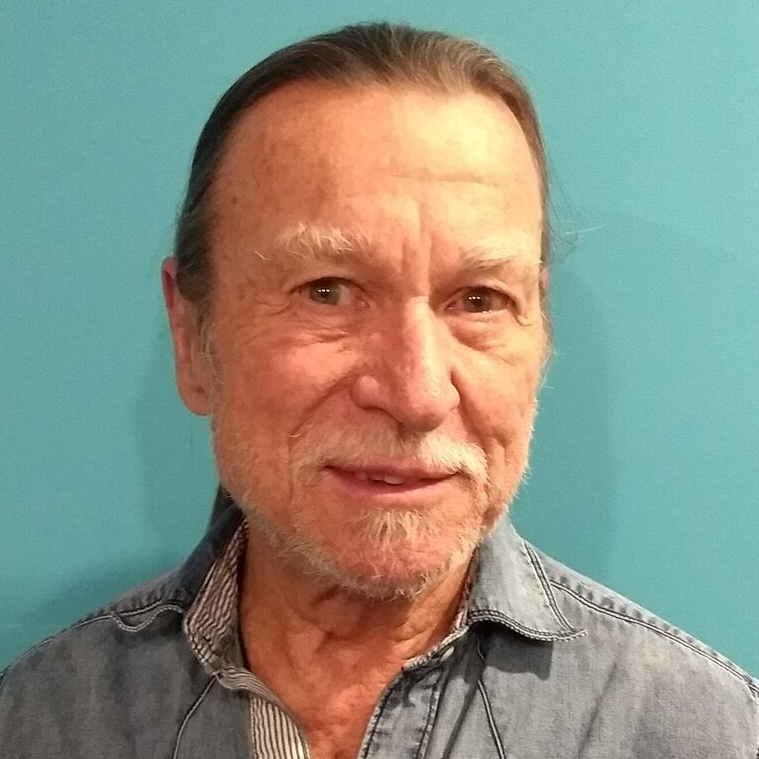
- Name: Steve R.
- Diagnosis:
- Prostate cancer
- Gleason score 6
- Staging: Originally stage 2, then 3, & most recently, 4 with metastasis to lymph nodes
- 1st Symptoms: Rising PSA
- Treatment:
- Intensity modulated radiation therapy, IMRT
- Active surveillance (wait and watch)
- Brachytherapy
- Iodine seeds
- Prostatectomy (surgery)
- Laparoscopic lymph node and seminal vesicle removal
- Lutetium-177
The last thing someone who’s been diagnosed wants to hear is, ‘It’s going to be fine.’ They’re probably thinking, ‘Well, I sure don’t feel that way!’
That’s why you always need to start by validating the person who’s been diagnosed. Show empathy and get a sense of how they’re feeling.
Steve R.
This interview has been edited for clarity. This is not medical advice. Please consult with your healthcare provider for treatment decisions.
Diagnosis & Treatment
What was your first PSA level and Gleason score
When I got diagnosed my PSA was 5.7, and my Gleason score was a 3 + 3. That was a lower-grade cancer at that point.
Describe the first treatment you underwent
I first did IMRT, which is intensity modulated radiation therapy. I did 42 sessions of that in the summer of 2001, hoping for a cure.
Active surveillance (watch and wait) for ten years
I went ten years with active surveillance. I was going in to get my PSA checked every six months.
When did you realize your cancer was still there
Because my PSA was 2.0 at a check in July of 2011, I had a biopsy. They still found cancer in my prostate. My Gleason score had also gone up a little.
What was the second therapy you underwent
I did brachytherapy. Then, in September 2011, I had 90 iodine seeds planted. That was my 2nd line of treatment, and I went another five years of active surveillance.
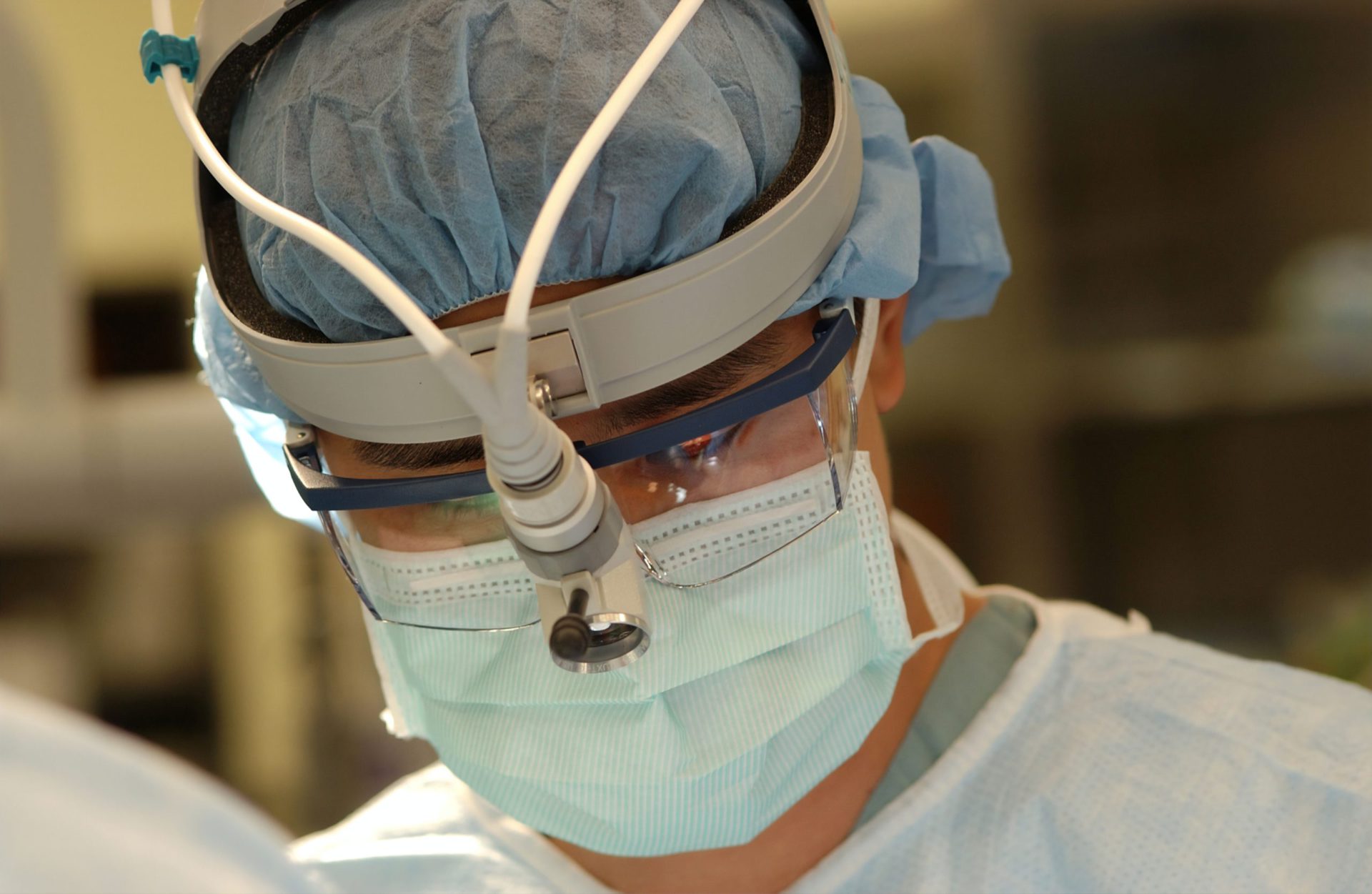
Surgery (Prostatectomy)
Describe the surgery of radical prostatectomy
We watched the PSA again. My PSA was up to 11 in October of 2016. They did another biopsy. I also had a PET scan.
I didn’t have cancer in my prostate, but they found cells in my seminal vesicles.
I had robotic surgery that November to remove my seminal vesicles and ten lymph nodes. Removing the lymph nodes is standard procedure for surgeries like that now because they know if it’s going to come back, it’s going to come back around there.
What happened in the months after surgery?
My PSA only came down a few points, which was bad news for me. It then started climbing back up.
Dr. Weight suggested some new imaging. I had to travel to get that. I had done choline and Axumin PET scans, but then he suggested I got a newer one called a PSMA.
The others weren’t really showing my cancer even though we could see my numbers going up in the blood work. Imaging became a problem.
I traveled to UCSF to get the imaging because I couldn’t get it at home. That came back and showed there was lymph node involvement and showed cancer in several spots.
It proved it had spread to my lymph nodes even though the ones pulled from surgery were negative, and it showed that it was headed for my bones.
When I found that out, I talked with Dr. Weight, and he said my two options were surgery or radiation, but he couldn’t do the surgery because my cancer was in too many places.
In January of 2019, I consulted with another doctor about radiation therapy. He said I couldn’t do that either because it was too spread out.
Radiation Therapy (Lutetium-177)
Can you talk about your latest treatment?
That’s when I found out about the last treatment I did called Lutetium-177. It’s a brand new radiation therapy.
It’s in clinical trials in the US. It’s not available commercially yet. I tried to get into a clinical trial, but they said my cancer wasn’t advanced enough yet.
This type of radiation is primarily used in Germany and Australia. They’ve been the pioneers of it. It’s available both places commercially. I went to Sydney for treatment on May 3rd, July 19th, and October 4th of 2019. I can do up to six treatments of Lutetium, but at this point, my PSA has leveled out.
With the PSMA imaging, it’s showing that my tumors are shrinking! This is palliative care, of course, but it’s good. If I can get some time to coast, that’s what I’m trying to do at 75.
I just wanted to live without treatment. I don’t want to do hormonal treatment or chemotherapy.
It’s really a minimally invasive therapy. This is a new form of therapy where the therapy is targeted. Because it’s connected to the PSMA, it only goes to the cancer cells and the saliva glands, as opposed to chemotherapy, which is a systemic treatment.
»MORE: Read more on FDA approvals of clinical trials
Chemo gets the good guys and bad guys, but this new targeted therapy movement is trying to target only the bad guys.
It’s a very simple procedure. You receive it by infusion. It takes about five minutes for it to infuse. That’s all the treatment is. After the infusion, though, you are radioactive. You aren’t street legal for a little while. You have to stay in a quarantined area until your radiation levels have dropped to a safe number.
They measure you with a Geiger counter. Generally, after the infusion, my number is about 45. It takes me about four or five hours to bring it down to about 15, which is when you can leave.
Do you have side effects with the Lutetium-177?
They’re not that bad compared to some others. There’s some nausea and fatigue at the start. Also, because this radiation goes after what’s called prostate-specific membrane antigen (PSMA).
As it turns out, there’s PSMA in my body that’s not cancerous. My saliva glands have a fair amount of PSMA too. Because of that, my saliva glands have dried up a little bit, and my taste has been affected. I can’t taste as much as I could before.
What lasting side effects do you have from treatment?
The big two side effects I’ve gotten with my cancer and treatment are erectile dysfunction and urinary incontinence. I haven’t worked on fixing the ED much because I don’t have a regular partner. I’ve let it go a bit because of lack of a partner. There’s more I could do to fix it, but I’m just not motivated to fix it.
With the incontinence, it was a little bit of leakage before the surgery I had in 2016 when they removed my seminal vesicles, but now it’s bad. I just wear pads all day. I’m living with that. There are some treatments I could pursue, but they’re all surgery, and I just haven’t gone that far with it.
Where are you at in your treatment now?
I’m getting PSA tests every five to six weeks now. I’m making good progress. My tumors are shrinking, and I’m in active surveillance again. At this point, as long as my PSA stays low, I won’t have to get another treatment. Eventually, it’ll come back up, but I’m hoping that will be much later.
I’m living in a constant state of unknown now. I’m always waiting for my next test to come back to see where I stand. The anxiety and psychological aspect of that should not be underestimated. As far as I’m aware, it’s something all cancer patients go through.
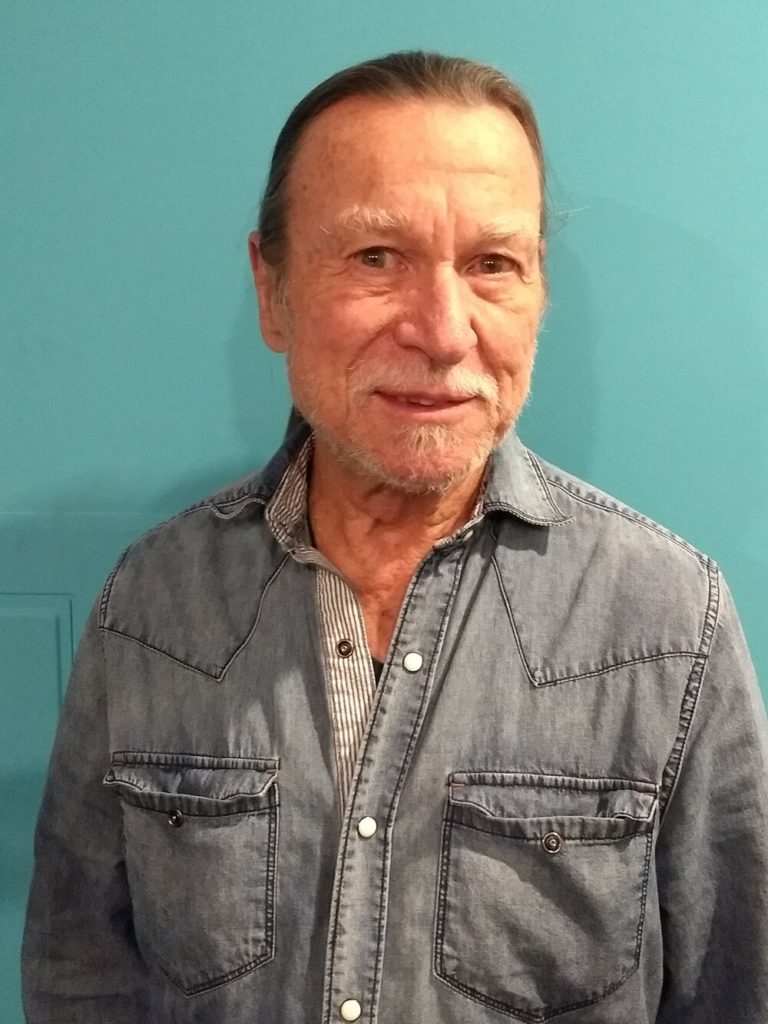
Emotions, Advocacy & Support
How do you handle the anxiety that comes with cancer?
Some days I’m in a good place mentally, and some days I’m not. Every time I go to the doctor, I worry. I don’t really have it down to an art.
I wish I did. I just try to put it on the back burner and live my life. I try to just focus on each day and what I’m doing then.
My background is in social work. I’m retired, but I’m still using my professional skills. As much as I coach others on this stuff, I have to coach myself, too.
One thing I do is make sure I’m open about my cancer. I lead two support groups. As a leader and advocate, I’m very open about it.
Prostate cancer is a man’s disease. A lot of men just don’t want to talk about this stuff. There are all these stereotypes placed on men, and as I’ve gotten older, I’ve seen them start to fall away a little bit, but we still need to be more open about our feelings as men.
It’s destructive to men to make them feel like they’re a wuss if they talk about their pain. I do not agree or subscribe to that at all. I live and speak very openly and encourage others to do the same.
Being an advocate is one of the ways I have made lemonade out of the lemons life has given me.
»MORE: Read more from a prostate cancer caregiver perspective
How do you support men in sharing their feelings?
In the support groups I run, I don’t stand for that. When people come to our groups, we don’t force them to talk about things, but we encourage them and make them feel safe enough to share if they want.
We expect men in our groups to be honest. We ask tough questions. Even though it’s hard, men generally feel safe enough in our groups to eventually open up. I would recommend a support group to anyone going through cancer.
We welcome caregivers to our groups as well. Spouses and partners are going through cancer with the patient in a sense. Plus, we’re talking about a man’s vitality and sexuality, and that’s pretty precious space for a man.
Men don’t typically like to talk about it when things aren’t working right. That gets really scary and frustrating, and we need to be supportive and allow them to share.
Many men really just need some encouragement because they do want to share. We try to provide a safe environment where they can trust us enough to share those difficult things.
Can you talk about being a self-advocate as a patient
If I didn’t ask the questions, doctors didn’t answer them. If you don’t ask, they don’t tell. I learned the hard way that I needed to ask. Then, in groups, I started hearing more and more stories of other men just being bombarded with treatments and not really knowing what they were getting into.
So many men go into treatments without knowing side effects or what to expect. With the people who come to my groups, we give them some questions to ask their doctors.
People need to be invested in their own disease and treatment plan. That’s the bottom line. The more you’re informed, the more you’re going to thrive.
For me, I found and talked to other prostate cancer patients, I did research online, and did everything I could to learn.
For the first week after I was diagnosed, I just avoided it. I was in denial. That’s not who I am. I realized I was afraid, but I knew I had to look into things. I got on the internet and researched. Then I joined a support group almost right away too. It helped me so much, and that’s why I do what I do and why I recommend it for everyone else.
The second aspect of my advocacy is that I’m part of the Minnesota Prostate Cancer Coalition. I’m the president of the 501c3. This is my big picture advocacy. We provide a website of information. We talk about the support groups. One of the guys involved is a coach who helps men through this.
It’s very much in its infancy, but we are making some progress. People are sending us money without even knowing us because people want to help out.
We are nowhere near Susan G. Komen. We’ve been late to the party, but we’re trying to get more support and raise money for prostate cancer research.
»MORE: How to be a self-advocate as a patient
Can you talk about the holistic approach?
I take a holistic approach to our healing in the support groups. Medical stuff is important, of course, but we also talk about the whole person. We talk about food, exercise, mindfulness, and communication.
We believe the healing comes about when you take the whole person into account. With mindfulness, diet, exercise, yoga, acupuncture, and things like that, you can really do wonders for your recovery. What’s good for your body is good for fighting cancer.
These are proactive things you can be doing. We’re seeing the value of food, exercise, and being able to reduce your stress in overall health.
»MORE: Read other patient experiences on yoga and meditation
What should someone say to a person who has just been diagnosed?
I would start by saying, “Wow. That’s really tough. I’m sorry to hear that. How are you handling that?” From there, I would say, you can decide how you want to approach it, but we’ve found that it’s important to get some help along the way.
Be open about it. Talk about it. That’s a better way to heal. We’d like for you to join our support group and if not ours, someone else’s.
The last thing someone who’s been diagnosed wants to hear is, “It’s going to be fine.” They’re probably thinking, “Well, I sure don’t feel that way!”
That’s why you always need to start by validating the person who’s been diagnosed. Show empathy and get a sense of how they’re feeling.

Inspired by Steve's story?
Share your story, too!
Prostate Cancer Stories
Rob M., Prostate Cancer, Stage 4
Symptoms: Burning sensation while urinating, erectile dysfunction
Treatments: Surgeries (radical prostatectomy, artificial urinary sphincter to address incontinence, penile prosthesis), radiation therapy (EBRT), hormone therapy (androgen deprivation therapy or ADT)
John B., Prostate Cancer, Gleason 9, Stage 4A
Symptoms: Nocturia (frequent urination at night), weak stream of urine
Treatments: Surgery (prostatectomy), hormone therapy (androgen deprivation therapy), radiation
Eve G., Prostate Cancer, Gleason 9
Symptom: None; elevated PSA levels detected during annual physicals
Treatments: Surgeries (robot-assisted laparoscopic prostatectomy & bilateral orchiectomy), radiation, hormone therapy
Lonnie V., Prostate Cancer, Stage 4
Symptoms: Urination issues, general body pain, severe lower body pain
Treatments: Hormone therapy, targeted therapy (through clinical trial), radiation
Paul G., Prostate Cancer, Gleason 7
Symptom: None; elevated PSA levels
Treatments: Prostatectomy (surgery), radiation, hormone therapy
Tim J., Prostate Cancer, Stage 1
Symptom: None; elevated PSA levels
Treatments: Prostatectomy (surgery)
Mark K., Prostate Cancer, Stage 4
Symptom: Inability to walk
Treatments: Chemotherapy, monthly injection for lungs
Mical R., Prostate Cancer, Stage 2
Symptom: None; elevated PSA level detected at routine physical
Treatment: Radical prostatectomy (surgery)
Jeffrey P., Prostate Cancer, Gleason 7
Symptom: None; routine PSA test, then IsoPSA test
Treatment: Laparoscopic prostatectomy
Theo W., Prostate Cancer, Gleason 7
Symptom: None; elevated PSA level of 72
Treatments: Surgery, radiation
Dennis G., Prostate Cancer, Gleason 9 (Contained)
Symptoms: Urinating more frequently middle of night, slower urine flow
Treatments: Radical prostatectomy (surgery), salvage radiation, hormone therapy (Lupron)
Bruce M., Prostate Cancer, Stage 4A, Gleason 8/9
Symptom: Urination changes
Treatments: Radical prostatectomy (surgery), salvage radiation, hormone therapy (Casodex & Lupron)
Al Roker, Prostate Cancer, Gleason 7+, Aggressive
Symptom: None; elevated PSA level caught at routine physical
Treatment: Radical prostatectomy (surgery)
Steve R., Prostate Cancer, Stage 4, Gleason 6
Symptom: Rising PSA level
Treatments: IMRT (radiation therapy), brachytherapy, surgery, and lutetium-177
Clarence S., Prostate Cancer, Low Gleason Score
Symptom: None; fluctuating PSA levels
Treatment: Radical prostatectomy (surgery)
